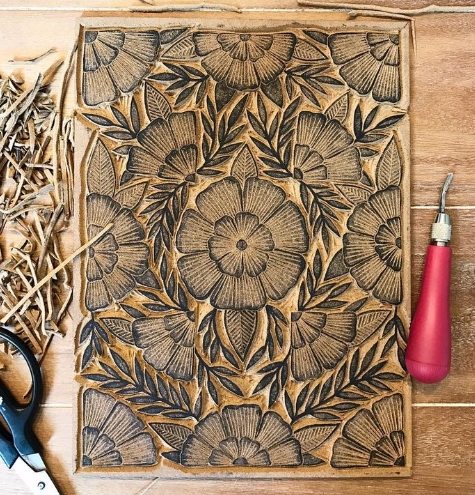Exploring the Versatile Paper Choices for Relief Printing

Relief printing is a traditional and versatile printing technique that has been used for centuries to create stunning artworks and prints. One crucial element in the relief printing process is the choice of paper. The type of paper used can greatly impact the final result, affecting the texture, color saturation, and overall quality of the print. In this article, we will delve into the various types of paper commonly used for relief printing and explore their unique characteristics and advantages.
- Mulberry Paper:
Mulberry paper, also known as Kozo paper, is a popular choice among relief printmakers. It is made from the fibers of the mulberry tree and is known for its strength and durability. Mulberry paper has a smooth surface, making it ideal for capturing fine details in relief prints. Its ability to absorb ink evenly ensures crisp and vibrant prints. Additionally, mulberry paper is available in various weights and textures, allowing artists to experiment with different effects. - Japanese Washi Paper:
Washi paper, traditionally handmade in Japan, is another excellent option for relief printing. It is crafted from the inner bark of the gampi, kozo, or mitsumata plants, resulting in a strong and resilient paper. Washi paper has a unique texture, often characterized by its softness and subtle fibers, which can add depth and interest to relief prints. Its absorbent nature allows for excellent ink transfer, producing rich and nuanced prints. - Somerset Paper:
Somerset paper, manufactured in England, is a popular choice for relief printing due to its exceptional quality. It is made from 100% cotton, giving it a luxurious feel and durability. Somerset paper has a smooth surface that allows for precise and detailed prints. Its ability to hold ink without bleeding or feathering ensures clean and sharp lines. Available in various weights and finishes, Somerset paper offers artists versatility and control over their prints. - Bamboo Paper:
Bamboo paper is an eco-friendly option that has gained popularity among relief printmakers. Made from bamboo fibers, this paper is not only sustainable but also possesses unique qualities. Bamboo paper has a natural off-white color, providing a warm and organic backdrop for relief prints. Its inherent strength and flexibility make it suitable for intricate designs and delicate prints. Bamboo paper also has excellent ink absorption, resulting in vibrant and long-lasting prints. - Handmade Paper:
For artists seeking a truly unique and textured surface, handmade paper is an excellent choice. Handmade papers are crafted using traditional techniques, often incorporating natural fibers, such as cotton, linen, or hemp. These papers offer a wide range of textures, from smooth to rough, allowing artists to experiment with different effects. Handmade paper's absorbent nature and ability to hold ink make it a versatile option for relief printing, enabling artists to create prints with depth and character.
In conclusion, the choice of paper plays a crucial role in the success of relief printing. Mulberry paper, Japanese Washi paper, Somerset paper, bamboo paper, and handmade paper are just a few examples of the diverse options available to artists. Each type of paper offers unique characteristics, allowing artists to explore different textures, colors, and effects in their relief prints. By carefully selecting the appropriate paper, artists can elevate their prints to new levels of quality and artistic expression.
